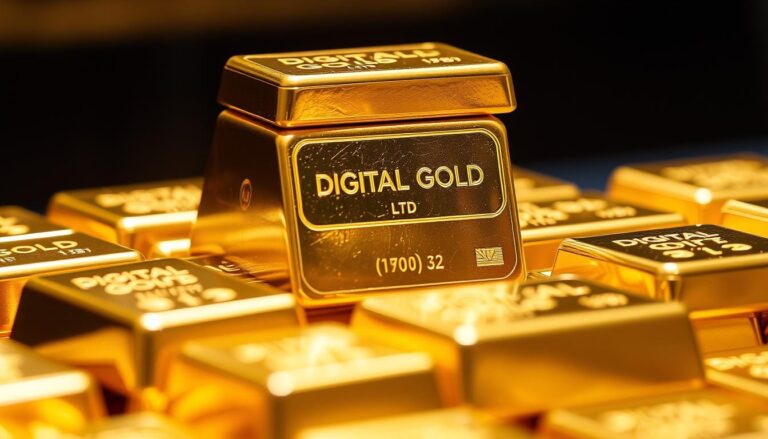In the dynamic world of cryptocurrency, understanding the factors influencing asset prices is crucial for making informed trading decisions. One key aspect that has recently gained attention is the impact of real interest rates on the prices of Bitcoin (BTC) and gold. This article delves into how real interest rates shape market trends, especially for crypto traders, and why they should pay close attention to this often-overlooked metric.
The Real Interest Rate: What Is It?
At its core, the real interest rate is the market rate of interest minus the market rate of inflation. Unlike traditional inflation measures such as the Consumer Price Index (CPI), real interest rates provide a more forward-looking perspective on how inflation and interest rates interact. This is crucial because it reflects the actual cost of holding money and the potential return on investments.
The Federal Reserve Bank of Cleveland’s 10-year real interest rate is a robust measure of this dynamic. It combines various data points, including Treasury yields, inflation data, and inflation expectations, to give a comprehensive view of real rates.
The Historical Connection Between Real Rates and Asset Prices
Historically, there’s been a negative correlation between real interest rates and the price of gold. As real rates decrease, the value of the US dollar effectively diminishes, boosting gold’s value since it doesn’t generate interest. Gold serves as a hedge against currency debasement, and its price tends to rise when real rates are low or negative, as seen during 2020.
Interestingly, Bitcoin has also demonstrated resilience during periods of rising real rates. Despite the general trend that lower real rates benefit non-yielding assets like gold and Bitcoin, recent data shows that these assets have remained robust even as real rates increased. Bitcoin’s performance stands out, particularly when compared to ultra-risky tech stocks like those in the ARKK fund, which have seen little movement.
The Current Landscape: Why the Resilience?
Bitcoin and gold are exhibiting near-all-time highs despite rising real rates. This resilience could be attributed to several factors, including investor behavior, fiscal deficits, and the recent surge in Bitcoin ETFs. Central banks, for instance, have been buying gold in large quantities, while Bitcoin’s appeal has been bolstered by new financial products and broader market acceptance.
Looking Ahead: The Potential for Future Bull Markets
As the Federal Reserve is expected to begin its rate-cutting cycle soon, real interest rates are projected to decline. This shift is likely to act as a tailwind for Bitcoin and gold, potentially driving their prices even higher. For crypto traders, this means that the real bull market for these assets might still be on the horizon.
The takeaway for crypto traders is clear: Keep a close eye on real interest rates and understand how they can impact asset prices. As the market evolves, those who can interpret these signals accurately will be better positioned to navigate the complexities of the crypto landscape and capitalize on emerging opportunities.



